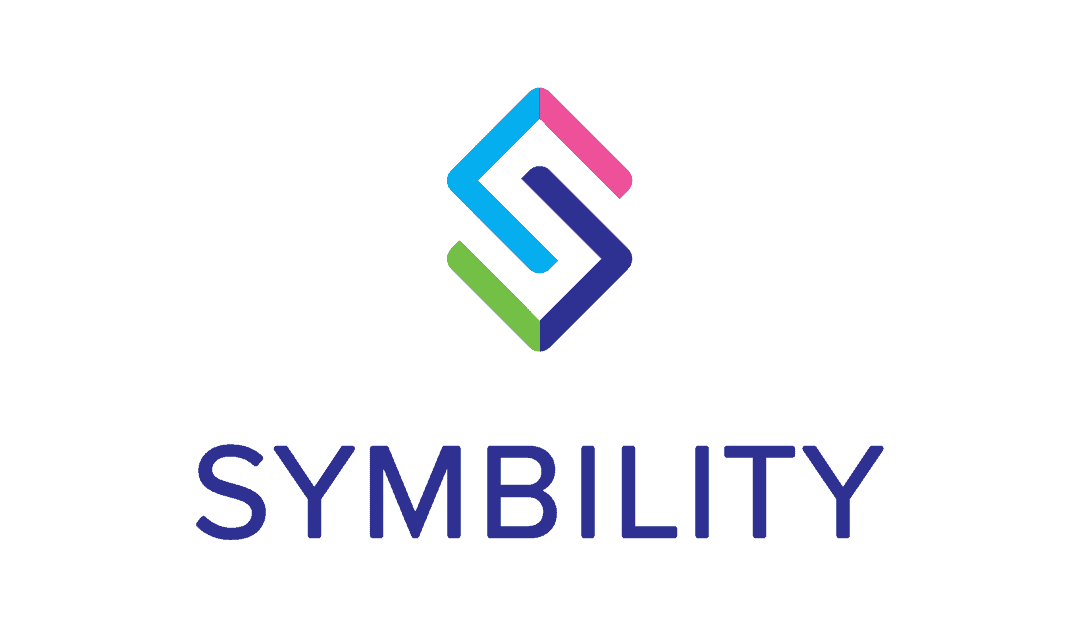Summertime! BBQs, beaches, and most importantly, baseball. The game that draws more parallels to real life than any other, even insurance claims. The great broadcaster Vin Scully once said, “Baseball is a slow game with sudden bursts of action, just like life.” I can’t think of another quote that sums up claims handling better than that. Slow claims periods can quickly turn into sudden bursts of activity when Mother Nature decides to heat up. As major league baseball teams and players prepare for the mid-summer classic next week, the GMs and back-office staff in the league are feverishly at work in one of their most crucial action bursts of the year, draft day. If you’ve watched a professional sports draft day, you’ve seen it: the war room packed with analysts, coaches, and execs making critical decisions in real time, hundreds of miles from the field.
That’s not far from what a well-run desk adjusting operation looks like today.
While field adjusters are often seen as the quarterbacks of claims handling, desk adjusters, when properly equipped, are the GMs: reviewing intel, coordinating resources, and making game-time decisions that move claims forward faster and more cost-effectively for the client and policyholder.
The Desk Adjusting Advantage in Claims
This isn’t just about cutting costs or staffing up during CAT; it’s about ensuring a seamless experience for all stakeholders of a claim. Desk adjusting has become essential for speed, scale, and service in property claims handling.
Here’s why:
– Faster Resolution: Desk-adjusted property claims close up to 35% faster than field-assigned claims, especially for interior water, roof, and small fire losses. (Verisk Property Report, 2024)
– Reduced LAE: Insurers who route low- and mid-severity claims through desk programs see loss adjustment expense reductions of 20 to 40 percent, depending on the line. (CoreLogic, 2023)
– Improved Severity Control: Desk adjustments with remote inspection tools and line-item reviews lead to 8 to 12 percent reductions in overpayment risk on mitigation and repair invoices. (Verisk XactAnalysis data)
– Scalable Surge Response: Desk operations can ramp up 4 to 6 times faster than field deployments, making them ideal for handling CAT surges with less logistical chaos.
Desk adjusting is no longer “field light.” It’s a different game with its own unique strengths. When handled correctly, it’s fast, scalable, and well-suited for a growing segment of property claims.
The War Room Playbook

Like a pro team on draft day, successful desk adjusting teams rely on a disciplined, collaborative, and tech-enabled approach. Here’s what sets them apart:
1. Claims Triage First
Just like scouting talent, desk adjusters need good data before they act. AI-powered triage tools can assign claims based on severity, location, or complexity, keeping routine losses off the field and in the desk lane.
2. Tech-Enabled Inspection
Virtual tools let desk adjusters scope losses without leaving their desks. That’s the game film, and it’s faster than field personnel driving across town.
3. Specialized Adjusters, Not Call Center Temps
Desk adjusting isn’t a beginner’s job. It requires adjusters who can evaluate estimates, challenge vendor invoices, and communicate clearly with contractors and policyholders. Think of them as war room veterans. They have “been there and done that” in many different roles and bring their experience to the table.
4. Live Feedback Loop
When QA, examiners, and desk adjusters work together in real-time, not through email threads, decisions move fast, and files don’t sit idle. The result is lower cycle time and fewer supplements.
5. Reading the Room from Behind a Screen
In the war room, knowing how to read a player’s personality is just as important as reading their stats. The same goes for desk adjusting, technical skills and claims knowledge will get you on the line, but emotional intelligence (EQ) is key for a great policyholder experience. Desk adjusters require specific skills to recognize cues like tone shifts, timing gaps, and subtle word choices to understand how someone is really feeling and effectively manage emotion, expectations, and communication through only a headset.
Not Just a CAT Play
Desk adjusting is often seen as a surge strategy. But the best firms use it year-round to manage small and moderate claims with consistency and scale.
It works particularly well for:
– Interior water losses
– Roof claims under $15K
– Losses handled in conjunction with a scope gathering inspector
– Supplement review and estimate validation
– Mitigation invoice audit (WRT/ASD scope)
Desk adjusting is no longer an “if necessary” backup plan. It’s a core strategy for navigating staffing gaps, tech transformation, and rising claim volumes.
Final Thought: Run the Room Like a Pro
Desk adjusting isn’t the junior league. It’s the control room. The decision center. The team behind the team.
In our industry, where speed, accuracy, and effective communication with policyholders matter more than ever, a well-organized war room might be the biggest advantage.
Need help building or scaling your desk adjusting operation?
We’ve done it for major carriers across CAT, daily, and complex files, and we’re ready to support your team.
Let’s talk.







